Earth gets hotter each year as climate change increases temperatures everywhere. More and more glaciers and ice sheets melt away exposing things unseen until now.


Some pretty amazing things are being discovered by scientists that have been long buried. These discoveries may give us more context to the past and some of them will provoke thoughts about the future.
Frozen Lighthouse
Michigan is very north in the United States. This means that when wintertime comes it can get very cold out there. Lansing State Journal state that it can hit up to minus 51 degrees at its coldest.


The photo is of the St. Joesph Lighthouse. It was built in 1844 and it has to be one of the prettiest lighthouses on the lake. The lighthouse is completely covered with ice and looks right out of the movie Frozen.
Yuka The Woolly Mammoth
There have been a lot of Wooly Mammoths found over the years. But an exception is Yuka. She was found and excavated in 2010. What makes her unique is how well preserved her body is.
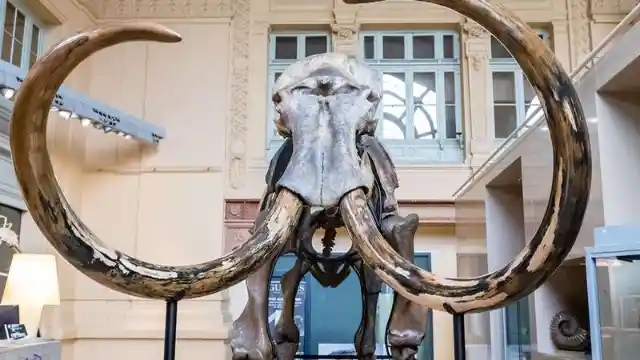
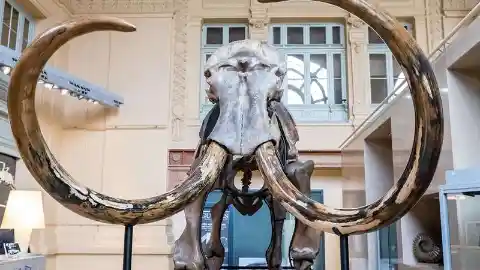
Yuka won't end up in a museum anytime soon. Scientists in Japan are currently cloning her DNA and they have said that her discovery is a huge step towards resurrecting a long-dead species.
Gator’s Alive In Ice
You'd think that most animals that fall into the ice wouldn't survive. But it seems that sometimes it's actually planned. Like this alligator, who does it every year.
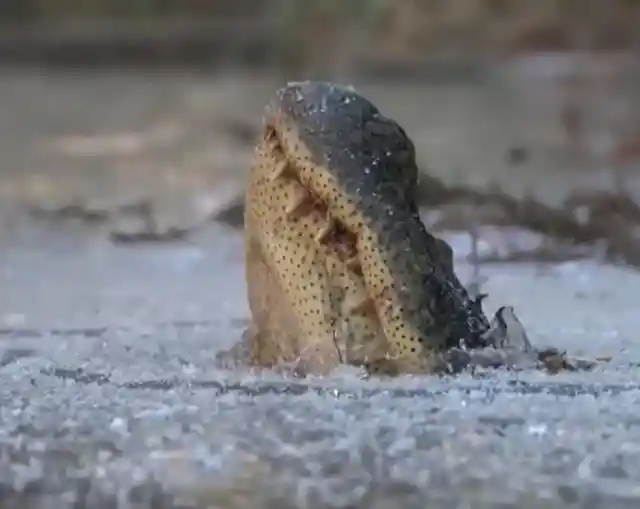
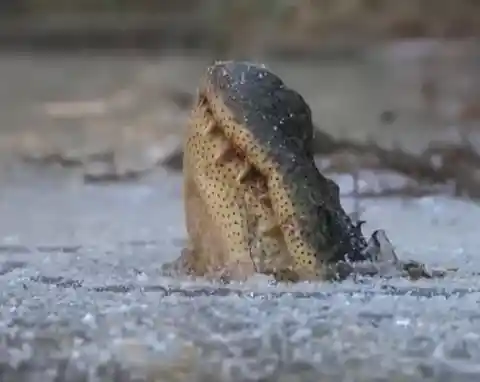
Gators have been reported by The Charlotte Observer to know when the lake is going to freeze over and stick their noses out of the water. Once the lake freezes over they can breathe and fall into a state of brumation which is the reptile equivalent of hibernation.
Planes Discovered in Ice
So far it seems that all of the discoveries made in the ice are some kinds of animal, that's not always the case. Here's some technology forgotten long ago that's only been rediscovered recently.


Anchorage Daily states that the military plane crashed in 1952 and no one could reach it due to the glacier surrounding it. Now that the glacier has melted enough rescue workers reached the plane.
A Fish Eating a Fish
Two Brothers from Indiana made a spectacular discovery while they were fishing on Lake Wawasee. They found two frozen fish, one in the process of eating another! The picture has gone viral but many are skeptical about its authenticity.
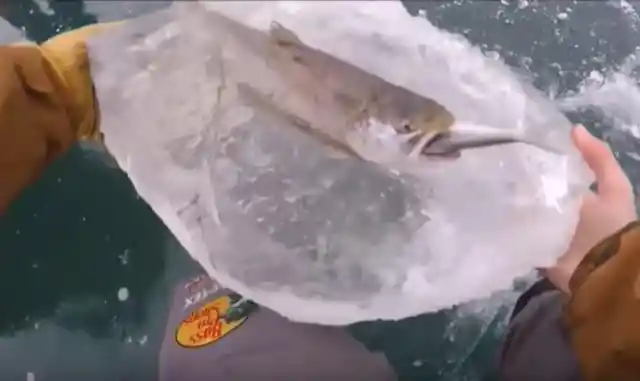
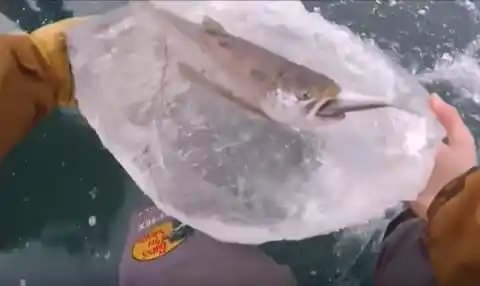
The two decided to break the fish out of the lake into an ice cube. National Geographic have stated that there are many ways these fish could have ended up like this. One theory is that a fisherman threw the fish back into the water with the bait still in its mouth
A Dinosaur Mummy
The most well-preserved dinosaur ever found was covered in 2011 by National Geographic. Here's a nodosaur A herbivore that's older than 100 million! It was living in what we now call Canada and scientists theorize that it's because of it getting trapped in the ice that it's so well-preserved.
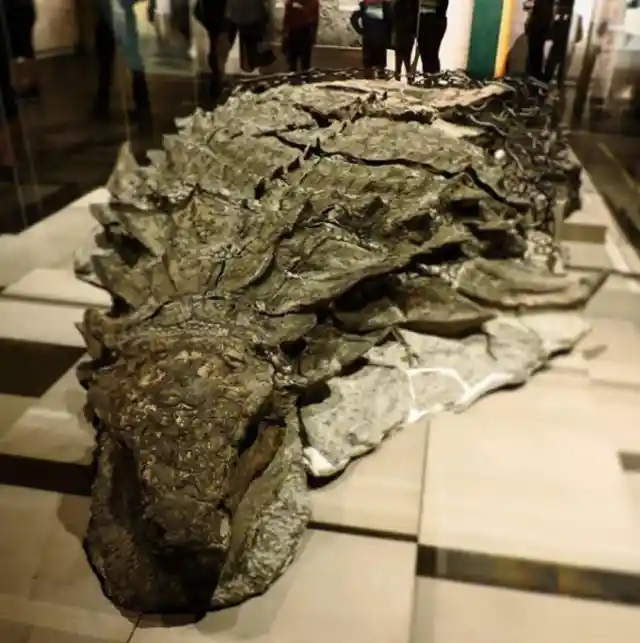
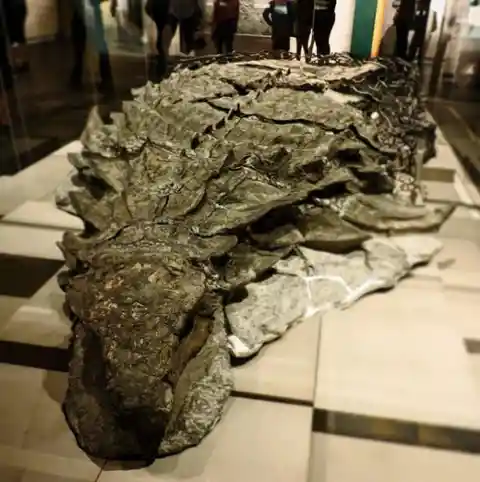
Shawn Funk made the discovery while he was operating heavy machinery in Millennium Mine. He had already found plenty of fossilized wood but had never thought he'd make a discovery like this.
Copper Arrowheads
These copper tools and weapons where found in outstanding condition and allegedly come from a very old civilization that inhabited North America and had a good grasp on metallurgy. Nobody knows what civilization this was but they lived in what is now Wisconsin.
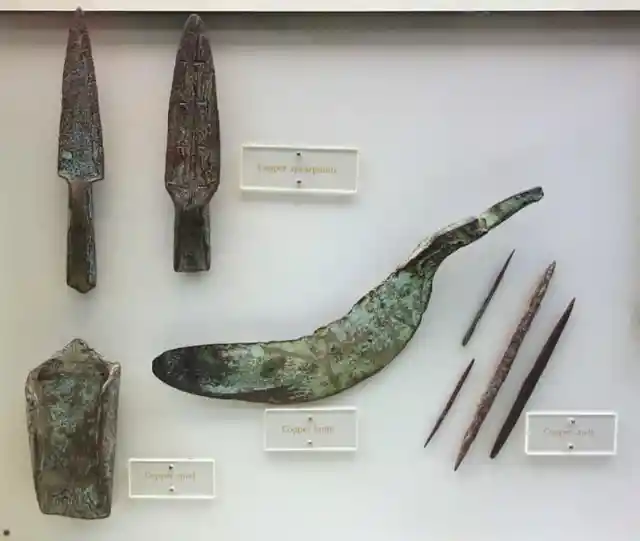
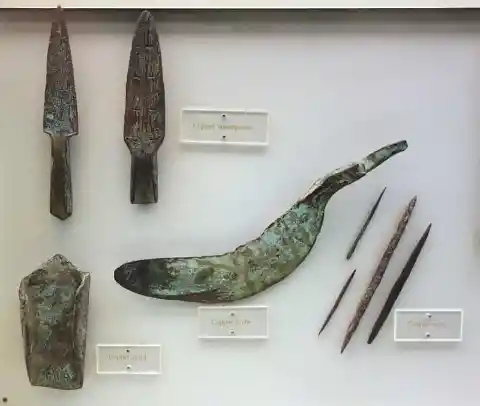
It looks as if the arrowheads have barbs just like fishhooks. This would mean that the hunters would have a much easier time hunting animals. These tools are very advanced for their time period.
Forests From The Past
Glaciers usually don't get moved by anything and instead absorb anything in their path. So an entire forest that's been buried underneath for centuries could be unearthed once the glacier melts enough.


This is the case with this glacier. It glided over the entire forest without damaging the trees and kept them preserved until now when the glaciers melted. The trees are estimated to be thousands of years old and their still in outstanding condition.
Yellowstone Spears
Yellowstone National Park, an area that covers Idaho, Wyoming, and Montana, has ice that's melted to reveal some amazing items underneath the ice.


Signs of Ancient life had been found around the park for a while and there was a dig there that found a spear that reportedly dates back to 10,300. The local wildlife was likely hunted by this spear. Bison, elk, and even wolves were present during that time period. This find indicates that ancient humans did inhabit cold regions in America.
Otzi Man
In December 19, 1991, a 5,300-year-old man was found by german hikers in the alps. He had died due to an arrow wound and had been left undiscovered for a long time.
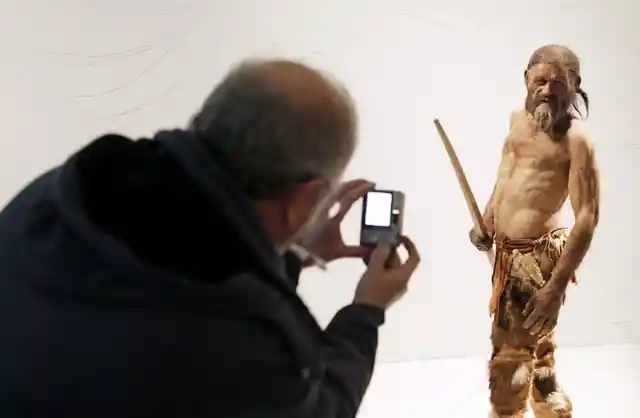

Since his discovery, scientists have made a number of impressive discoveries about Otzi Man. National Geographic revealed that a DNA study concluded that Otzi has up to 19 genetic relatives living in Austria today. They were also able to determine that his last meal was pollen and ibex meat.
A Woolly Rhino
These days we recognize rhinoceroses as hairless animals that roam the plains of many African nations. However, some 10,000 years ago rhinos with fur were roving around much colder regions. According to National Geographic, a Woolly Rhino was discovered in 2015 in Sakha, Russia, which ranks as one of the coldest areas in Russia.
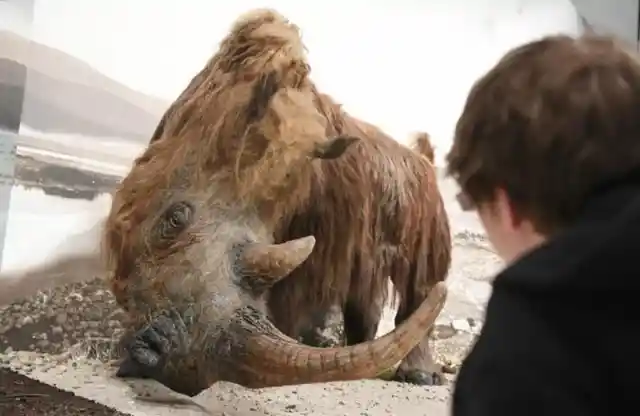
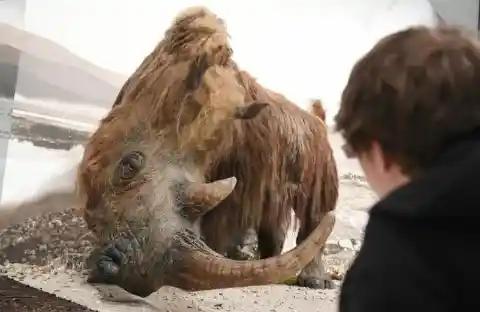
Since they couldn’t determine the animal’s gender they decided to name it something unisex, ultimately opting for Sasha. By looking at its teeth, they were able to gauge that Sasha was actually very young when he/she passed on. The gargantuan animal was approximately only seven months old.
Sabre-Tooth Tigers
While today’s lions and tigers seem pretty wild and fierce, the ancient sabre-tooth tiger could have put all these beasts to shame. Sadly, global heating and hunting eventually played a strong role in wiping these creatures off the map. According to Live Science, these creatures last walked the earth about 10,000 years ago.
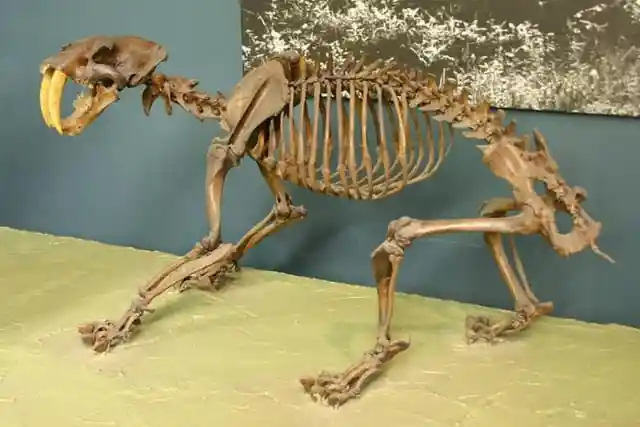
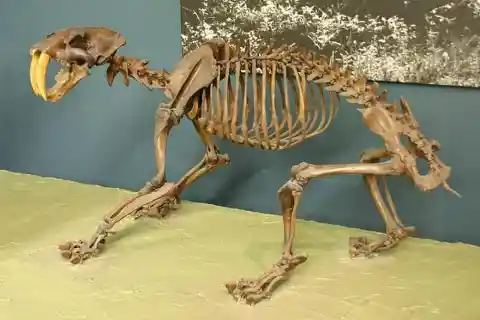
Up until recently, Sabre-tooth tiger remains hadn’t yet been discovered in northern regions. While Idaho held the record for being the northernmost area where sabre-tooth tiger fossils were found, things have recently changed. Canadian news website CTVNews reported in October of 2019 that a sabre-tooth fossil was found in Alberta, Canada. The bone is thought to be anywhere between a whopping 35,000 – 40,000 years old.
Atlatl Darts
One thing that is quite commonly found frozen in ice, and in time, is a variety of ancient weaponry. One of the most interesting weapons found is the atlatl dart. The long throwing spear is one of the oldest forms of weaponry constructed by modern humans. The atlatl dart is considered by some to be the great-grandfather of the bow and arrow and even the sword.
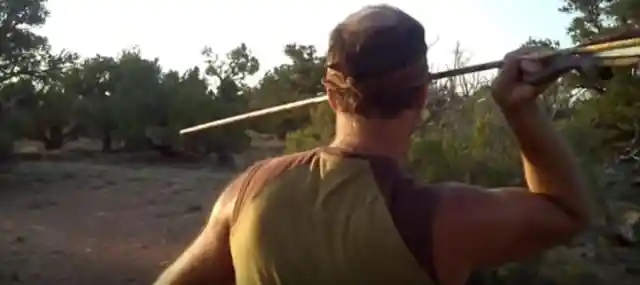
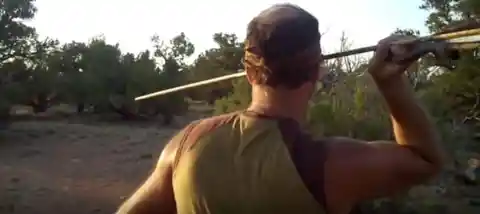
A perfectly preserved atlatl dart was found in a melting patch of ice in the Rocky Mountains as recently as 2010. This was a weapon that spanned thousands of years and was reportedly used by Aztec warriors against the Spanish conquistadors.
Ancient Bacteria
People might not expect to learn that one of the more interesting discoveries in ice is ancient bacteria. Scientists have actually discovered bacteria that was eight-million-years old. According to BBC News, as the world continues to heat up permafrost soils are melting and bringing to light viruses and bacteria that have been otherwise dormant. Alarmingly enough, these diseases spring back to life.
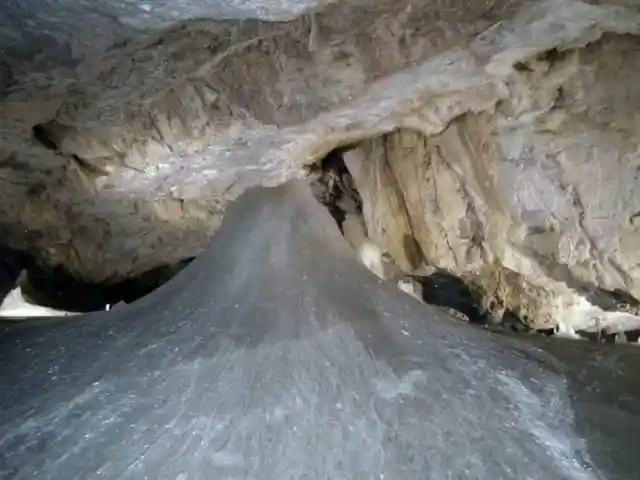
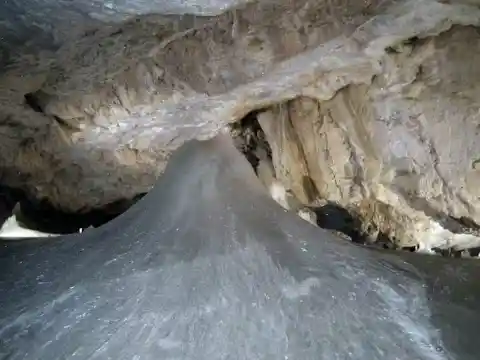
During a 2016 heatwave in Siberia’s Yamal Peninsula in the Arctic Circle, an anthrax infected reindeer carcass that was frozen in permafrost had thawed. The ancient anthrax was then released into the water, soil and the food supply. Sadly, 2,000 deer in the area became infected and even some humans.
Caribou Droppings
One consistent ice patch finding that has scientists astounded is animal droppings. While it may not sound like anything to get too excited about, a lot can be learned from these dropping. A single stool sample could give us an inside look into an animal’s habits, weather it was herbivorous or carnivorous and how the area where the dropping was found might have looked like thousands of years ago.
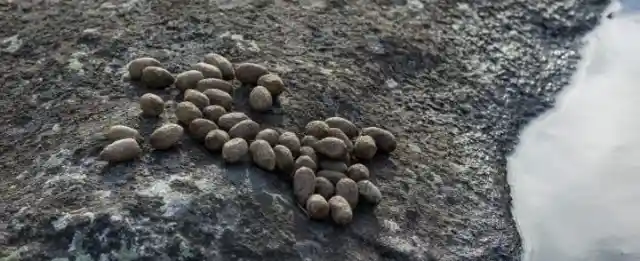
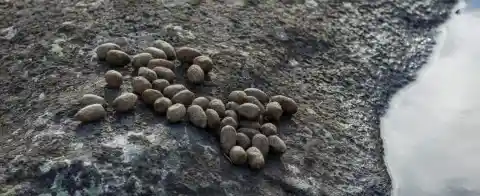
For example, the study of some caribou droppings has led scientists to discover what the ancient caribou ate, where it found the food and even was able to tell how many miles its grazing territory reached. One may not imagine it possible, but feces can really bring an animal to life.
Willow Bow
Receding ice patches have revealed another impressive weapon from time past — the willow bow. This bow wasn’t used in ancient wars, but was more of a hunting tool used for elk and reindeer. The first artifact ever found by Canadian ice patch archaeologist Tom Andrews was actually a wool bow going back 340 years.
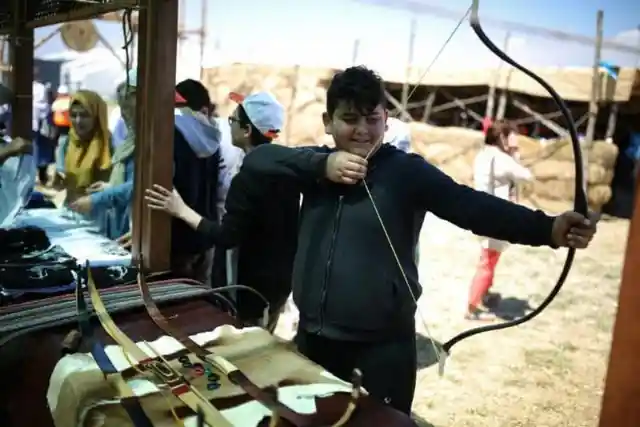

During an interview with Radio Canada International, Andrews explained why such a find was so exciting. “And to pick it up and hold it and to realize that somebody had the appropriate knowledge and skills to be able to select, not any kind of wood, but just the particular kind of wood that’s used in that arrow shaft, and then to fashion it to such a skillful level using nothing more than stone tools, it’s quite remarkable.”
Viking Tools
In 2018, ArsTechnica reported that climate change in Norway’s highest mountain passes has revealed artifacts once belonging to vikings. Freed from melting ice patches were skis from Viking Age traders, Neolithic arrows and clothing dating back to the Bronze age.
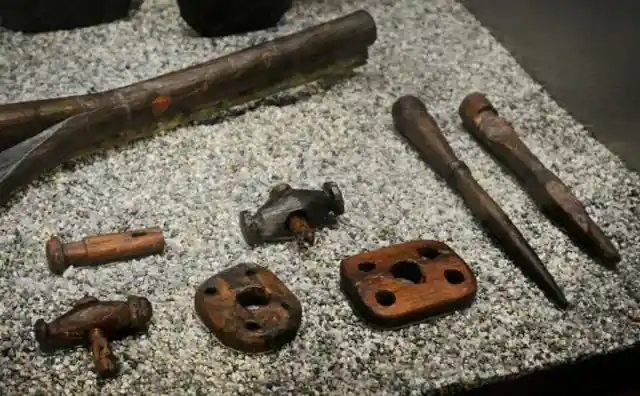
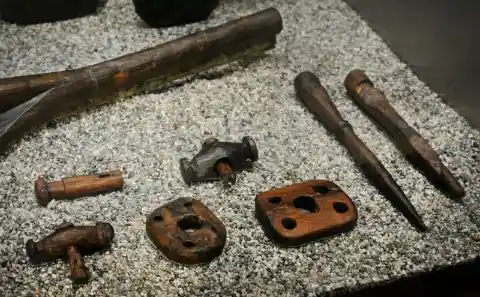
These well preserved artifacts are said to have been left by travelers over the course of approximately 6,000 years. These tools also tell a lot about how the vikings lived in their time. One of the most impressive artifacts found was a viking reindeer trap consisting of many sticks bound together. If shaken, they would have made a noise that would attract a reindeer.